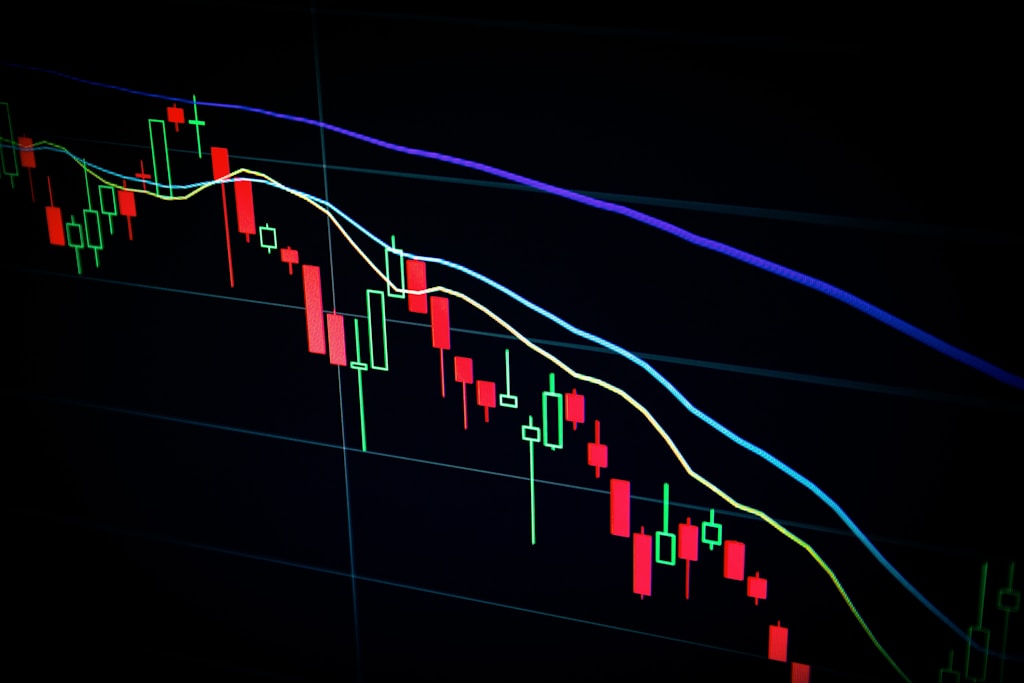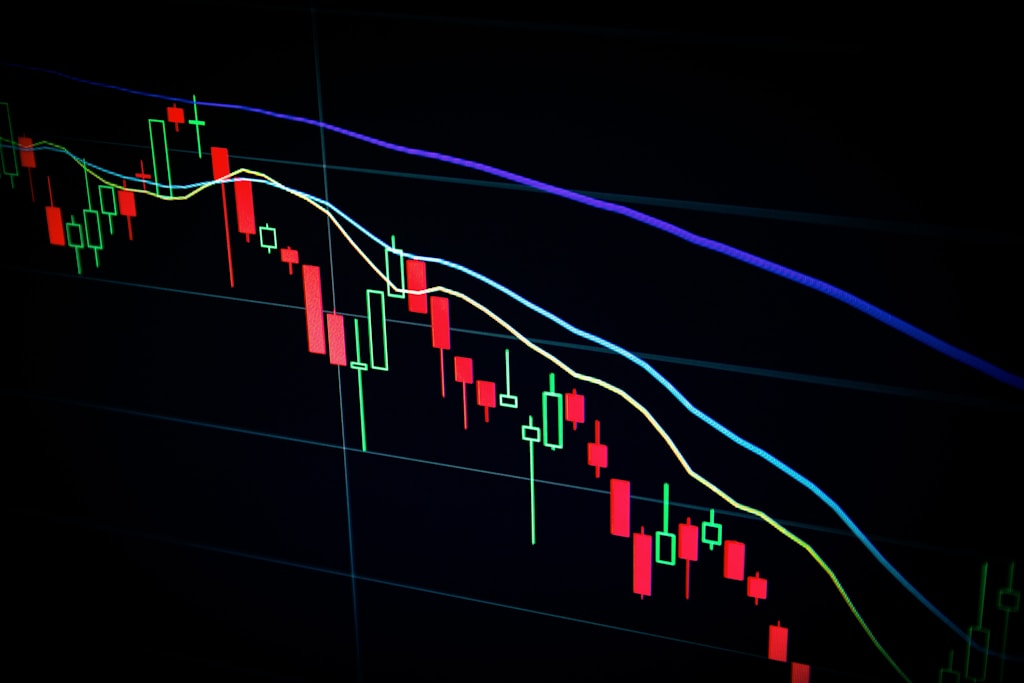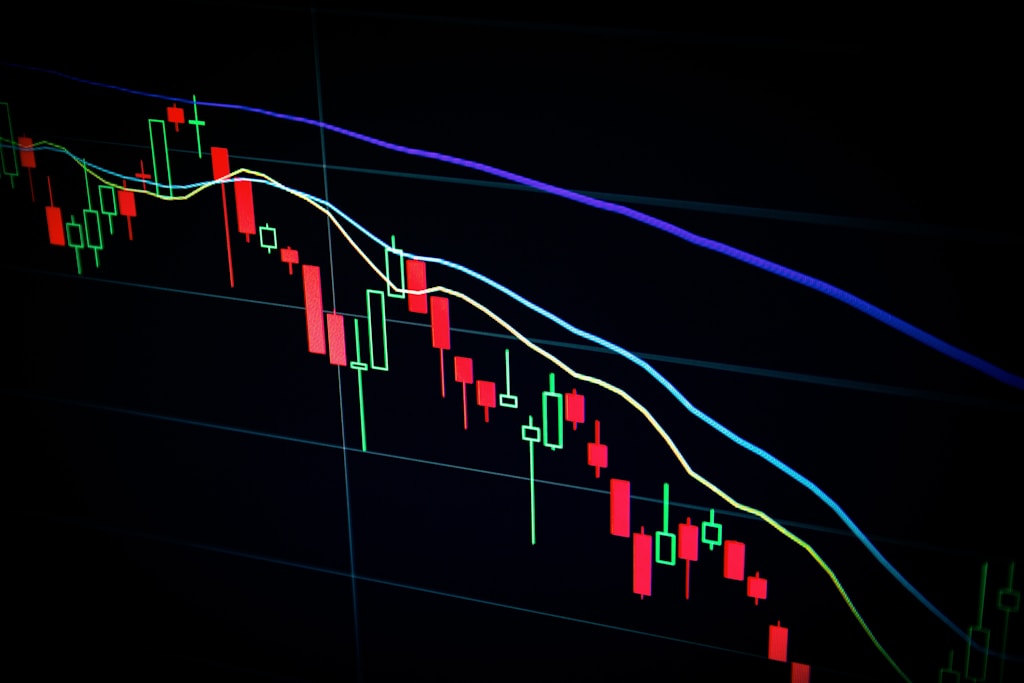Key Takeaways:
- Bitcoin demonstrates remarkable stability while traditional markets lose $6 trillion
- Crypto market experiences modest $30B decline compared to TradFi’s massive losses
- IMX and IP tokens face significant corrections of 22.8% and 20.1% respectively
In a week that has highlighted cryptocurrency’s growing resilience, Bitcoin has maintained steady ground while traditional financial markets experienced a staggering $6 trillion decline. This stark contrast between crypto and traditional market performance has caught the attention of institutional investors and market analysts alike.
As Bitcoin continues to show signs of decoupling from traditional stocks, the digital asset’s stability during major market turbulence provides fresh evidence of its maturing market dynamics.
Crypto Market Shows Relative Strength
While the broader cryptocurrency market did experience a $30 billion contraction, this represents a relatively minor adjustment compared to the massive losses in traditional finance. The most significant impacts within the crypto space were felt by specific tokens:
- IMX: -22.8%
- IP: -20.1%
SPONSORED
Trade with confidence during market volatility with up to 100x leverage on perpetual contracts
Market Analysis and Future Outlook
The stark contrast between traditional market losses and crypto’s relative stability suggests a potential shift in market dynamics. This development aligns with recent observations about Bitcoin’s emerging safe-haven status during periods of traditional market stress.
FAQ Section
Q: Why did traditional markets experience such significant losses?
A: The $6 trillion decline in traditional markets reflects broader economic concerns and market uncertainties affecting global financial systems.
Q: Is Bitcoin’s stability a sign of market maturity?
A: Yes, Bitcoin’s ability to maintain value during significant traditional market downturns suggests growing market maturity and potential safe-haven characteristics.
Q: What does this mean for crypto investors?
A: The relative stability of Bitcoin during traditional market turbulence may indicate an emerging opportunity for portfolio diversification and risk management.





